What Is a Deep Cleaning for Teeth and Why You May Need It
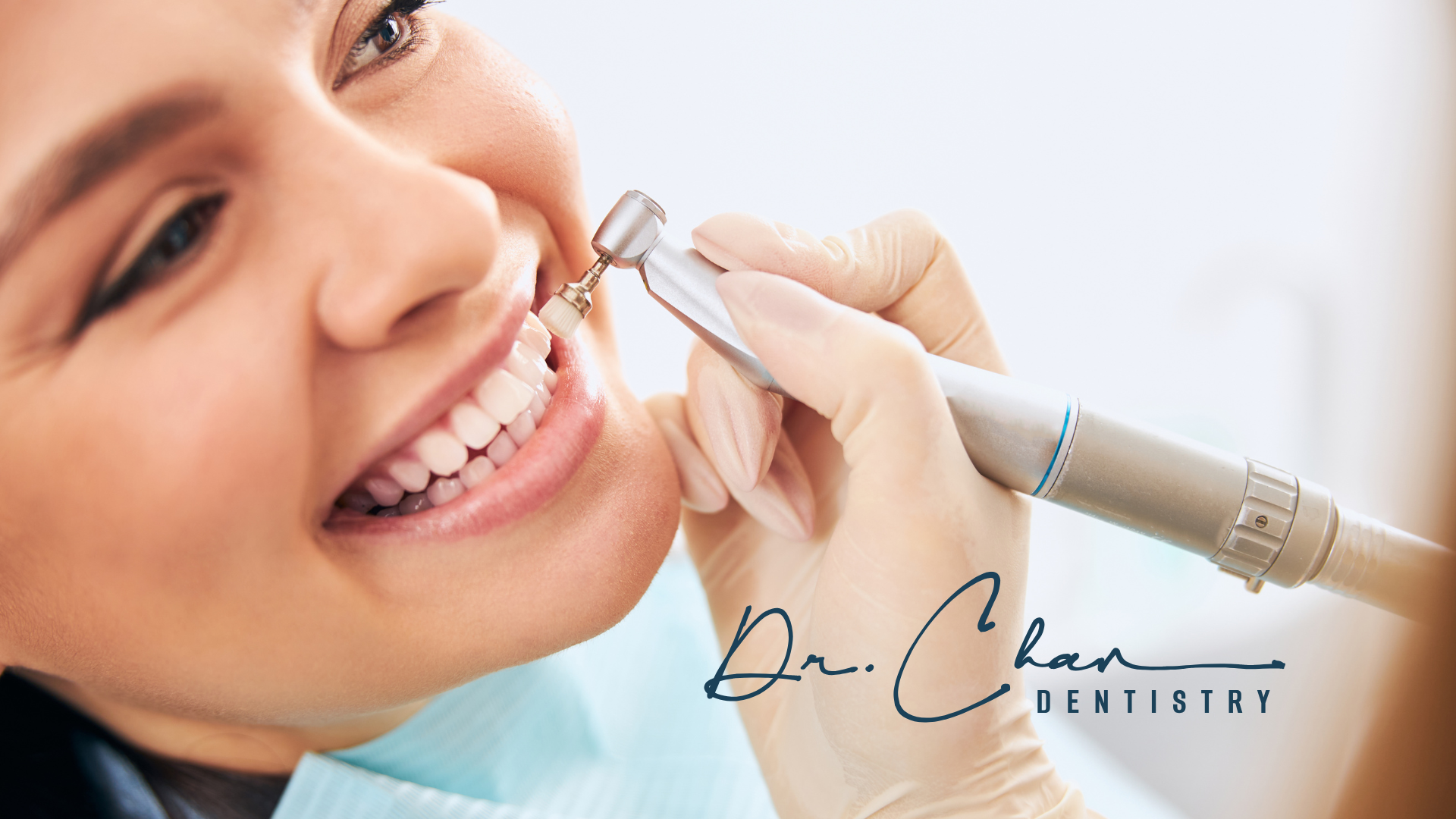
Understanding Deep Cleaning for Teeth
Definition of Deep Cleaning
Deep cleaning for teeth, also known as scaling and root planing, is a dental procedure that goes beyond regular cleaning. It focuses on removing plaque and tartar from below the gum line, which helps to treat gum disease and prevent further dental issues.
Difference Between Regular and Deep Cleaning
Regular cleaning is typically done every six months and involves polishing the teeth and removing surface plaque. In contrast, deep cleaning is more thorough and may involve:
- Cleaning below the gum line
- Smoothing the roots of the teeth
- Taking more time to ensure all areas are clean
Deep cleaning is essential for maintaining healthy gums and preventing tooth loss.
Importance of Deep Cleaning
Deep cleaning is necessary for several reasons:
- It helps prevent gum disease, leading to serious health issues.
- It improves overall oral health by removing harmful bacteria.
- It can lead to a brighter smile, especially when combined with teeth whitening in Rolling Hills.
Regular deep cleaning can prevent more extensive dental work in the future. You can maintain a healthy mouth and avoid complications by addressing issues early.
Signs You May Need a Deep Cleaning
Symptoms of Gum Disease
Gum disease can be a serious issue that often goes unnoticed until it becomes severe. Here are some common symptoms:
- Swollen or red gums
- Bleeding when brushing or flossing
- Persistent bad breath
Indicators of Plaque Buildup
If you notice any of the following signs, it may indicate that plaque has built up on your teeth:
- A sticky film on your teeth
- Yellow or brown stains on your teeth
- Increased sensitivity to hot or cold foods and drinks
When to Consult a Dentist
It's important to see a dentist if you experience:
- Any of the symptoms mentioned above
- Pain or discomfort in your gums or teeth
- Changes in your bite or how your teeth fit together
Regular check-ups at Dr. Chan Dentistry can help catch these issues early, protecting your oral health.
The Deep Cleaning Procedure
Steps Involved in Deep Cleaning
Deep cleaning for teeth is a thorough process that goes beyond regular cleaning. Here are the main steps involved:
- Initial Examination: The dentist will check your teeth and gums to assess the level of cleaning needed.
- Scaling: This step involves using special tools to remove plaque and tartar from the surface of your teeth and below the gum line.
- Root Planing: The dentist smooths the roots of your teeth to help your gums reattach and heal.
- Flushing: A rinse removes debris and bacteria left after scaling and root planing.
- Follow-Up Care: The dentist will discuss how to care for your teeth after the procedure.
Tools and Techniques Used
During a deep cleaning, various tools and techniques are used to ensure a thorough job:
- Ultrasonic Scalers: These tools use vibrations to break up plaque and tartar.
- Hand Instruments: Dentists may also use hand tools to scrape away stubborn deposits.
- Antiseptic Solutions: These kill bacteria and promote healing in the gums.
Duration and Frequency of Treatment
The time it takes for a deep cleaning can vary, but generally:
- Duration: The procedure can take anywhere from 1 to 2 hours.
- Frequency: Most people may need a deep cleaning every 1 to 2 years, depending on their oral health.
Deep cleaning is essential for maintaining healthy gums and preventing serious dental issues. At Dr. Chan Dentistry, we prioritize your oral health and provide personalized care.
Benefits of Deep Cleaning for Teeth
Prevention of Gum Disease
Deep cleaning helps to remove plaque and tartar that regular brushing might miss. This is important because:
- It reduces the risk of gum disease.
- It helps keep your gums healthy and strong.
- It can prevent tooth loss in the future.
Improvement in Oral Health
A deep cleaning can lead to better overall oral health. Some benefits include:
- Fresher breath due to the removal of bacteria.
- Healthier gums that are less likely to bleed.
- A brighter smile as stains are removed.
Long-term Dental Benefits
Investing in a deep cleaning can have lasting effects. These include:
- Fewer dental problems down the line.
- Lower dental bills because of fewer treatments.
- A better understanding of how to care for your teeth.
Regular deep cleaning at places like Dr. Chan Dentistry can make a big difference in your dental health. Taking care of your teeth today can lead to a healthier smile tomorrow.
Risks and Considerations
Potential Side Effects
Deep cleaning of teeth can have some side effects. Here are a few you might experience:
- Sensitivity: Your teeth may feel more sensitive to hot or cold.
- Gum Discomfort: You might feel some soreness in your gums after the procedure.
- Bleeding: Some bleeding can occur, especially if you have gum disease.
Post-Procedure Care
Here are some tips to care for your gums after deep cleaning:
- Rinse with Salt Water: This can help soothe your gums.
- Avoid Hard Foods: Stick to soft foods for a few days.
- Follow Dentist's Instructions: Always follow any specific care instructions Dr. Chan Dentistry gave.
When to Avoid Deep Cleaning
There are certain situations where deep cleaning might not be the best choice:
- If you have a severe medical condition that affects healing.
- If you are pregnant, consult your doctor first.
- If you have certain allergies to anesthesia or medications used during the procedure.
It's essential to discuss any concerns with your dentist before undergoing a deep cleaning. Dr. Chan Dentistry can help you understand the best options for your oral health.
Cost and Insurance Coverage
Insurance Policies and Coverage
Many rolling hills dental insurance plans cover a portion of the cost of deep cleaning. Here are some key points to consider:
- Check your plan: Coverage can vary widely, so review your specific policy.
- Frequency limits: Some plans may limit how often you can receive deep cleaning.
- Pre-authorization: Your dentist may need approval from your insurance before proceeding.
Understanding the costs and insurance coverage for deep cleaning will help you plan dental care. Always consult with your dentist to explore the best options for your situation.
Maintaining Oral Health After Deep Cleaning
Daily Oral Hygiene Practices
Follow a daily routine to keep your teeth and gums healthy after a deep cleaning. Here are some key practices:
- Brush your teeth at least twice a day with fluoride toothpaste.
- Floss daily to remove food particles and plaque between your teeth.
- Use an antibacterial mouthwash to help reduce bacteria in your mouth.
Regular Dental Check-ups
Visiting your dentist regularly is crucial for maintaining oral health. Aim for:
- Check-ups every six months to catch any issues early.
- Professional cleanings to remove plaque and tartar buildup.
- Consultations if you notice any changes in your oral health.
Diet and Lifestyle Tips
What you eat and how you live can affect your dental health. Consider these tips:
- Limit sugary snacks and drinks that can lead to cavities.
- Eat plenty of fruits and vegetables for better gum health.
- Stay hydrated and avoid tobacco products to keep your mouth healthy.
Taking care of your teeth after a deep cleaning is essential for long-lasting oral health. Following these simple steps can help you maintain a bright smile and prevent future dental problems.
By following these guidelines, you can ensure that the benefits of your deep cleaning last longer. At Dr. Chan Dentistry, we emphasize the importance of maintaining good oral hygiene to keep your smile bright.
Conclusion
In summary, deep cleaning is a dental procedure that helps keep your mouth healthy. It goes beyond regular cleaning by removing plaque and tartar that can lead to gum disease and other problems. If you notice signs like swollen gums or bad breath, it might be time to talk to your dentist about a deep cleaning. Taking care of your teeth will help you maintain a bright smile and good oral health for years to come.
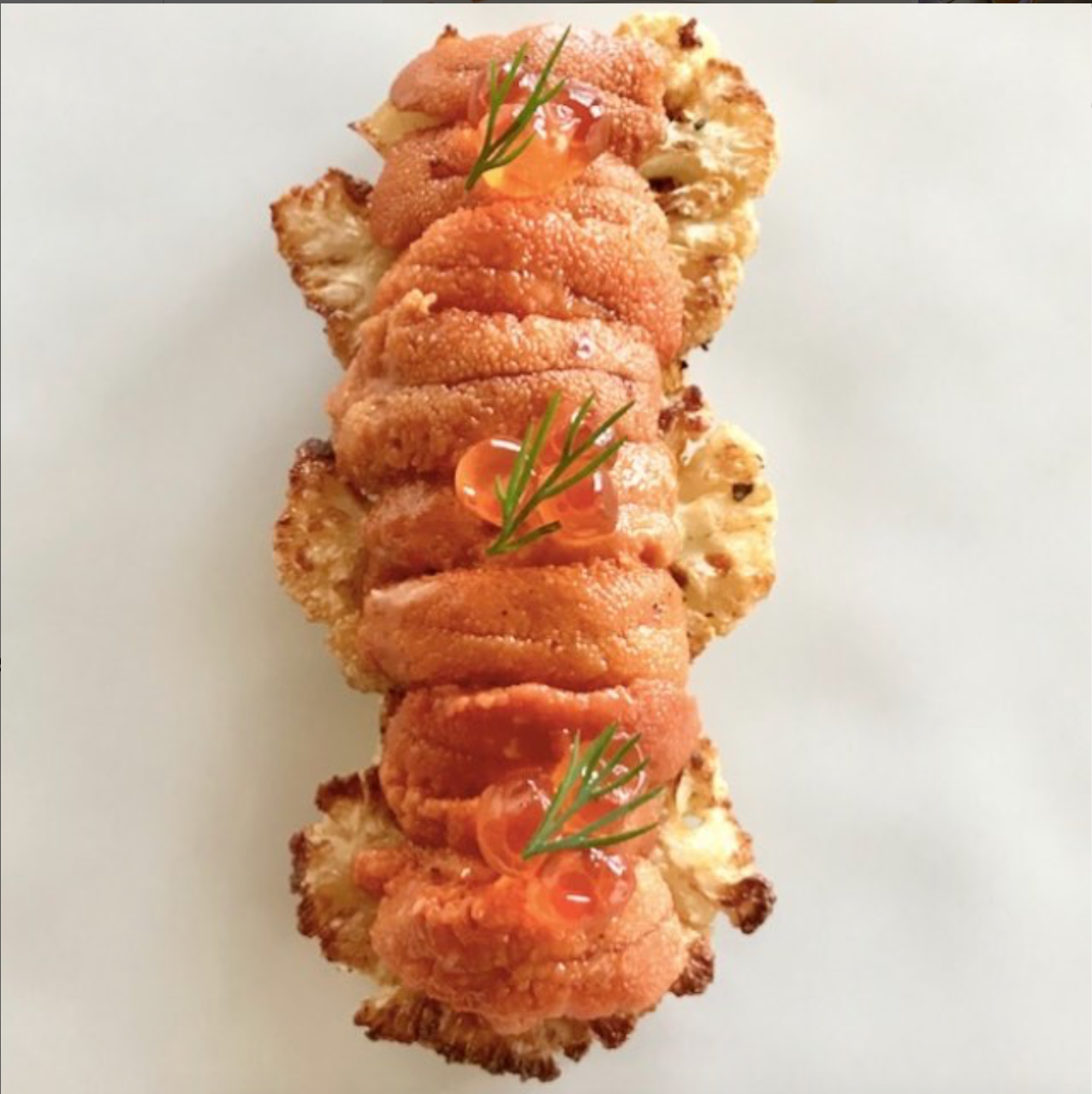
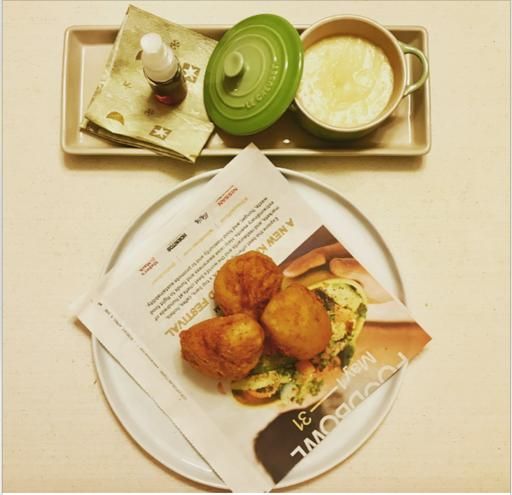
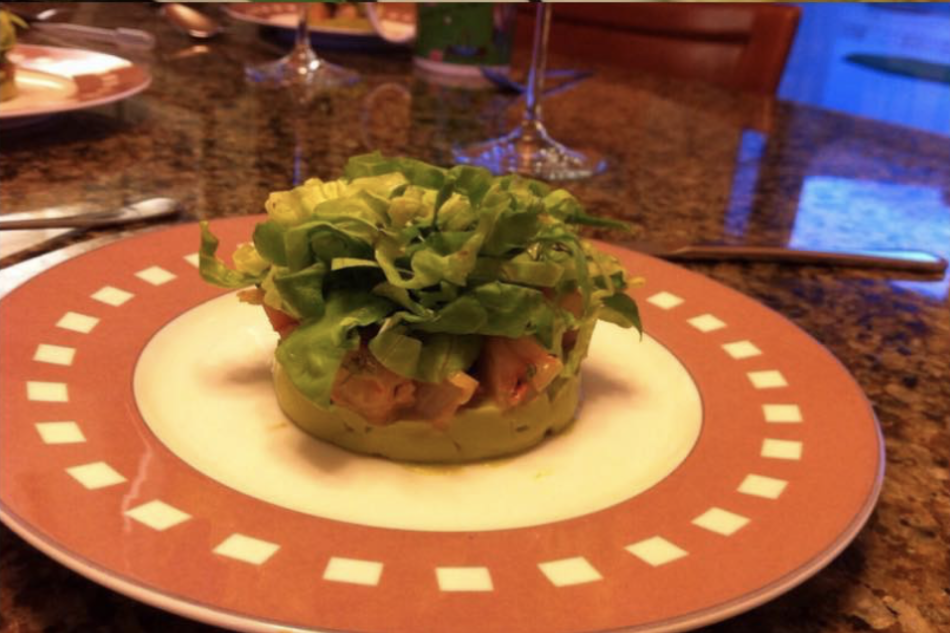
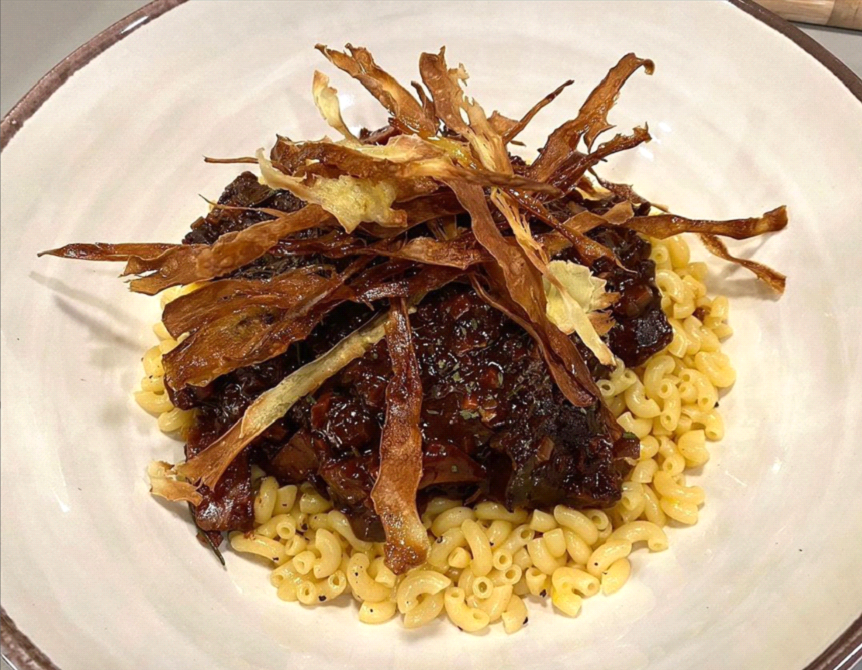
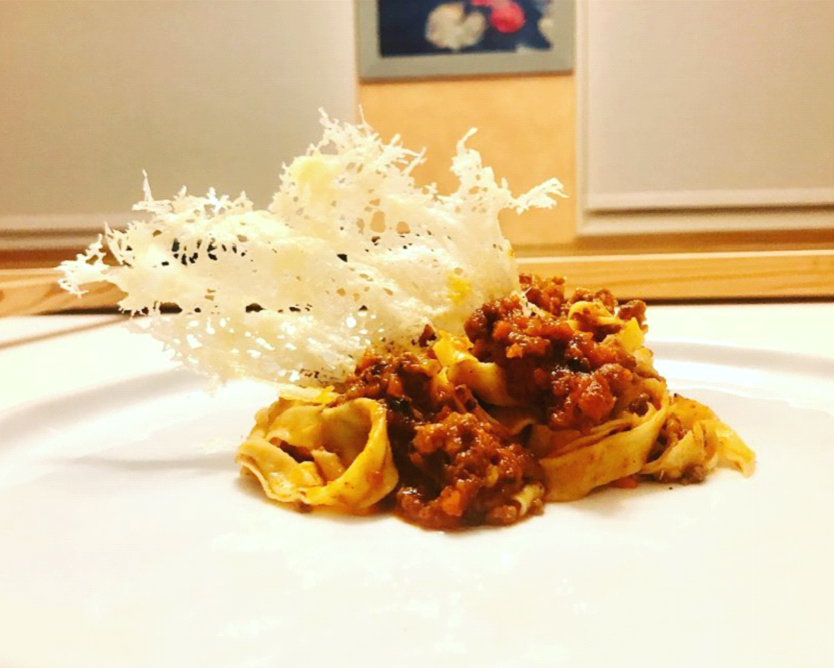
Hours & Address
MONDAY: CLOSED
TUESDAY: 8 AM - 5 PM
WEDNESDAY: 8 AM - 5 PM
THURSDAY: 8 AM - 5 PM
FRIDAY: 8 AM - 3 PM
Navigation Links
All Rights Reserved | DR. CHAN DENTISTRY | SITE MAP | PRIVACY POLICY | TERMS & CONDITIONS


